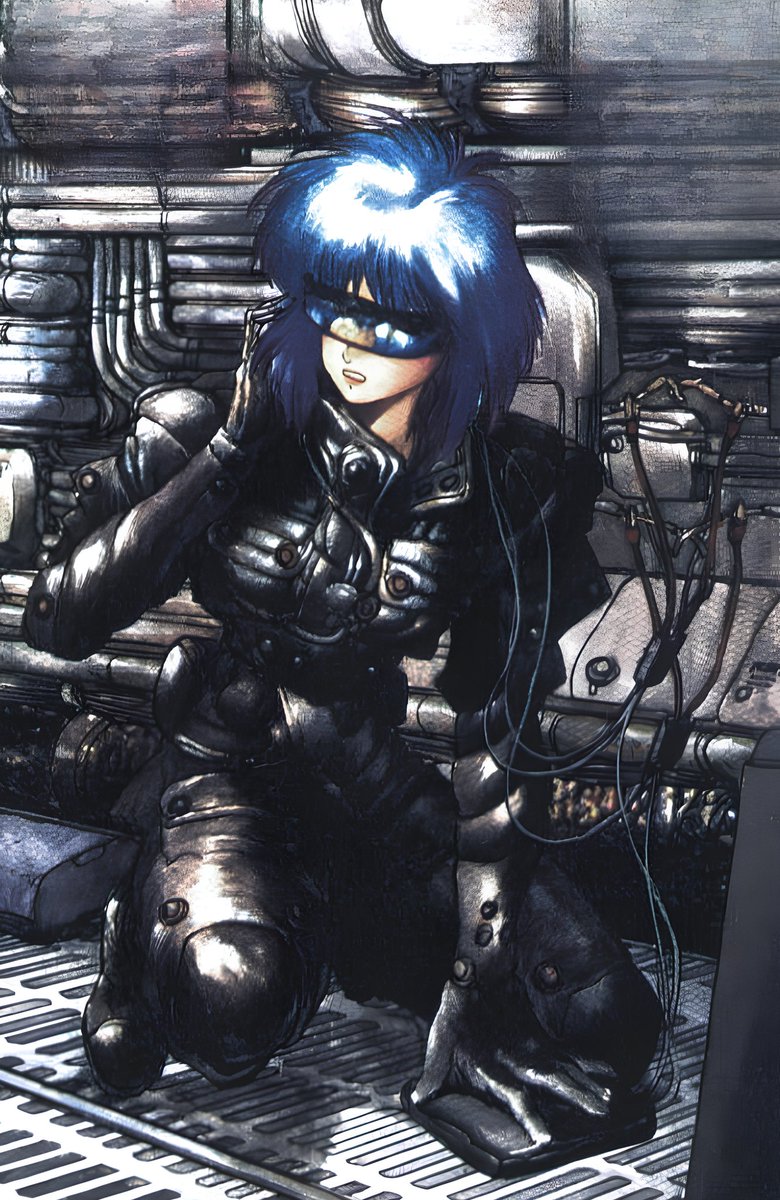Kubernetes is the second-largest open-source project in the world. What does it do—and why is it so widely adopted? Kat Cosgrove has led several Kube...
Kubernetes is the second-largest open-source project in the world. What does it do—and why is it so widely adopted?Kat Cosgrove has led several Kubernetes releases and joined The Pragmatic Engineer podcast to share the history of Kubernetes, how it's built, when it is a gooduse case, and how you can contribute to it.Brought to you by• @WorkOS — The modern identity platform for B2B SaaS • @modal_labs — The cloud platform for building AI applications • @GetCortexApp — Your Portal to Engineering Excellence or listen:• YouTube: • Spotify: • Apple: • Summary and transcript: of my takeaways from this great conversation:𝟭. 𝗞𝘂𝗯𝗲𝗿𝗻𝗲𝘁𝗲𝘀 𝗵𝗲𝗹𝗽𝘀 𝘄𝗶𝘁𝗵 𝗺𝗮𝗻𝗮𝗴𝗶𝗻𝗴 𝗹𝗮𝗿𝗴𝗲-𝘀𝗰𝗮𝗹𝗲 𝗯𝗮𝗰𝗸𝗲𝗻𝗱 𝗮𝗽𝗽𝗹𝗶𝗰𝗮𝘁𝗶𝗼𝗻𝘀. Google originally built an in-house tool to manage the tens of thousandsof machines: this internal tool is called Borg. The roots of Kubernetes come from Borg: but Google has since donated the project to the Cloud Native Computing Foundation– and today, Kubernetes is the second largest open source project, after Linux. We previously did a deepdive on How Linux is built, and touched on Google’s SRE roots in What is Reliability Engineering?𝟮. 𝗞𝘂𝗯𝗲𝗿𝗻𝗲𝘁𝗲𝘀 𝗶𝘀 𝗮 𝘃𝗲𝗿𝘆 𝘄𝗲𝗹𝗹-𝘀𝘁𝗿𝘂𝗰𝘁𝘂𝗿𝗲𝗱 𝗮𝗻𝗱 𝗼𝗿𝗴𝗮𝗻𝗶𝘇𝗲𝗱 𝗼𝗽𝗲𝗻 𝘀𝗼𝘂𝗿𝗰𝗲 𝗽𝗿𝗼𝗷𝗲𝗰𝘁. The structure of the project and all processes are well documented. The project has around 150-200 maintainers, has a few dozen SIGsand releases run on a 14-16 week cycle.𝟯. 𝗧𝗵𝗲 “𝗹𝗲𝗮𝗱” 𝗮𝗻𝗱 “𝘀𝗵𝗮𝗱𝗼𝘄” 𝗰𝗼𝗻𝗰𝗲𝗽𝘁 𝗶𝘀 𝗮 𝗰𝗹𝗲𝘃𝗲𝗿 𝗼𝗻𝗲, 𝘂𝘁𝗶𝗹𝗶𝘇𝗲𝗱 𝗯𝘆 𝗞𝘂𝗯𝗲𝗿𝗻𝗲𝘁𝗲𝘀. The Release Team within Kubernetes owns releases, and the Release Team has about 20-30 people participating in each release. More than of the members on the Release Team are “shadows” who get to learn on the job how a release is done – and, hopefully, in a release or two, become leads themselves!
#kubernetes #secondlargest #opensource #project #worldKubernetes is the second-largest open-source project in the world. What does it do—and why is it so widely adopted? Kat Cosgrove has led several Kube...
Kubernetes is the second-largest open-source project in the world. What does it do—and why is it so widely adopted?Kat Cosgrove has led several Kubernetes releases and joined The Pragmatic Engineer podcast to share the history of Kubernetes, how it's built, when it is a gooduse case, and how you can contribute to it.Brought to you by• @WorkOS — The modern identity platform for B2B SaaS • @modal_labs — The cloud platform for building AI applications • @GetCortexApp — Your Portal to Engineering Excellence or listen:• YouTube: • Spotify: • Apple: • Summary and transcript: of my takeaways from this great conversation:𝟭. 𝗞𝘂𝗯𝗲𝗿𝗻𝗲𝘁𝗲𝘀 𝗵𝗲𝗹𝗽𝘀 𝘄𝗶𝘁𝗵 𝗺𝗮𝗻𝗮𝗴𝗶𝗻𝗴 𝗹𝗮𝗿𝗴𝗲-𝘀𝗰𝗮𝗹𝗲 𝗯𝗮𝗰𝗸𝗲𝗻𝗱 𝗮𝗽𝗽𝗹𝗶𝗰𝗮𝘁𝗶𝗼𝗻𝘀. Google originally built an in-house tool to manage the tens of thousandsof machines: this internal tool is called Borg. The roots of Kubernetes come from Borg: but Google has since donated the project to the Cloud Native Computing Foundation– and today, Kubernetes is the second largest open source project, after Linux. We previously did a deepdive on How Linux is built, and touched on Google’s SRE roots in What is Reliability Engineering?𝟮. 𝗞𝘂𝗯𝗲𝗿𝗻𝗲𝘁𝗲𝘀 𝗶𝘀 𝗮 𝘃𝗲𝗿𝘆 𝘄𝗲𝗹𝗹-𝘀𝘁𝗿𝘂𝗰𝘁𝘂𝗿𝗲𝗱 𝗮𝗻𝗱 𝗼𝗿𝗴𝗮𝗻𝗶𝘇𝗲𝗱 𝗼𝗽𝗲𝗻 𝘀𝗼𝘂𝗿𝗰𝗲 𝗽𝗿𝗼𝗷𝗲𝗰𝘁. The structure of the project and all processes are well documented. The project has around 150-200 maintainers, has a few dozen SIGsand releases run on a 14-16 week cycle.𝟯. 𝗧𝗵𝗲 “𝗹𝗲𝗮𝗱” 𝗮𝗻𝗱 “𝘀𝗵𝗮𝗱𝗼𝘄” 𝗰𝗼𝗻𝗰𝗲𝗽𝘁 𝗶𝘀 𝗮 𝗰𝗹𝗲𝘃𝗲𝗿 𝗼𝗻𝗲, 𝘂𝘁𝗶𝗹𝗶𝘇𝗲𝗱 𝗯𝘆 𝗞𝘂𝗯𝗲𝗿𝗻𝗲𝘁𝗲𝘀. The Release Team within Kubernetes owns releases, and the Release Team has about 20-30 people participating in each release. More than of the members on the Release Team are “shadows” who get to learn on the job how a release is done – and, hopefully, in a release or two, become leads themselves!
#kubernetes #secondlargest #opensource #project #world








